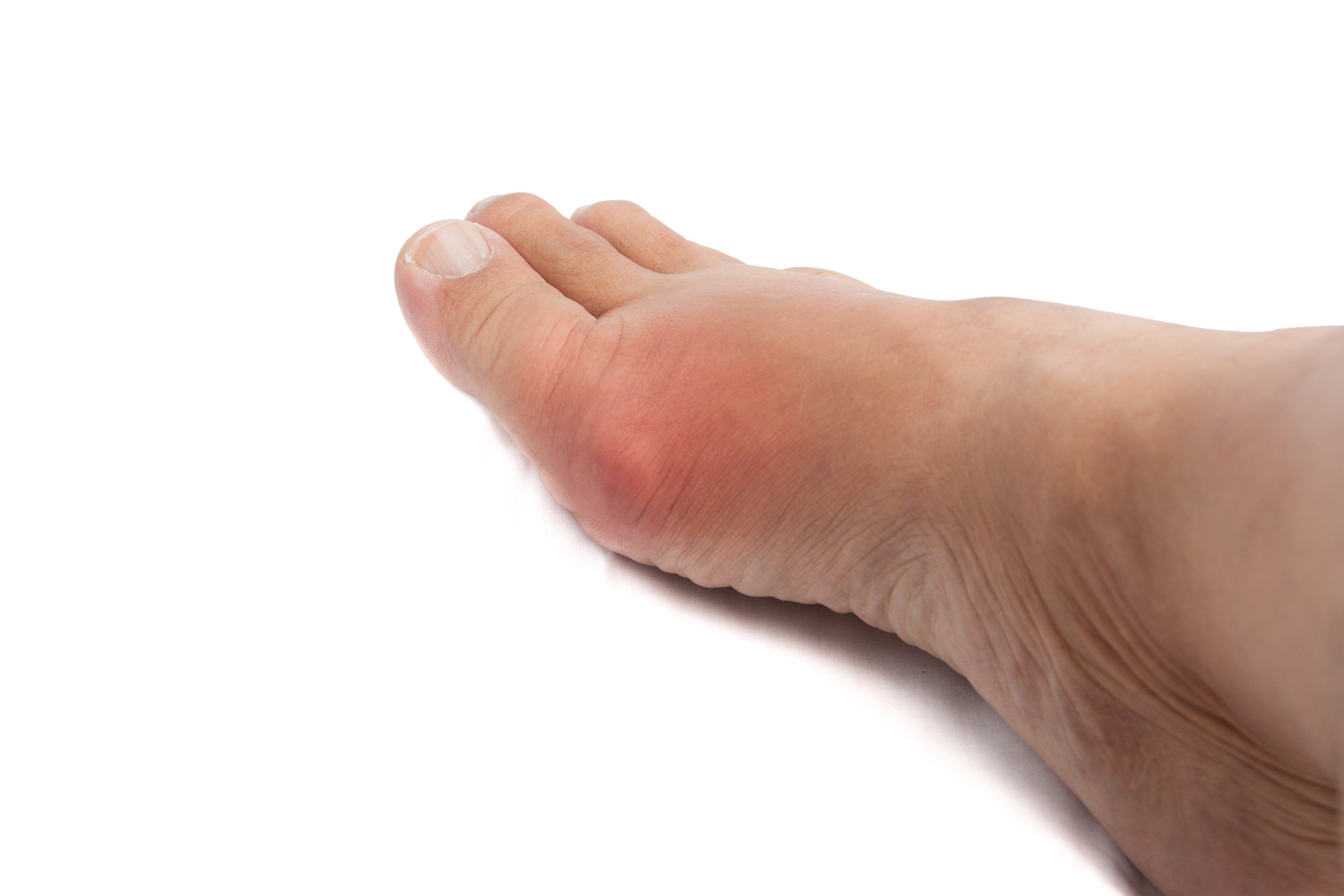Whitepapers
Clinical Benefits of Juvent's Micro-Impact Platform
This whitepaper highlights the clinical benefits of the Juvent Micro-Impact Platform®, showcasing its proven ability to enhance bone health, improve mobility, and support recovery through safe, non-invasive micro-impact therapy. Backed by extensive research, it’s your guide to understanding the transformative health impacts of Juvent.
Differentiating Human Health Benefits: Micro-Impact vs. Whole Body Vibration
This whitepaper compares Juvent's Micro-Impact Therapy with traditional whole-body vibration (WBV) platforms, highlighting its superior safety, precision, and effectiveness. Backed by clinical research, it demonstrates how Juvent delivers targeted benefits for bone health, mobility, and recovery without the risks associated with WBV.
Human Health Benefits of Low Magnitude Mechanical Stimulation (LMMS)
This whitepaper explores the science and clinical evidence behind Low-Magnitude Mechanical Signals (LMMS) and their profound impact on human health. It highlights how Juvent’s Micro-Impact Platform® harnesses LMMS to improve bone density, enhance mobility, and support overall well-being, offering a safe, non-invasive approach to long-term health benefits.
Juvent's Micro-Impact Platform for Increasing Bone Mineral Density in Pediatric Cancer Survivors
This whitepaper examines the role of Juvent's Micro-Impact Platform® in supporting cancer survivors. It highlights how Micro-Impact Therapy can help mitigate the effects of bone loss, improve mobility, and enhance overall quality of life following treatment. Backed by clinical research, the paper underscores Juvent’s safe and effective approach to addressing the unique health challenges faced by cancer survivors.
About Us

Juvent's Mission
Juvent delivers clinically validated solutions to improve musculoskeletal health. Our patented Micro-Impact Platform® has clinically demonstrated the ability to help users manage and improve their bone health non-invasively. Additionally, our technology helps users decrease joint pain and increase lymphatic drainage. Juvent’s Micro-Impact is an essential ingredient for total health and vitality; a Vitamin of Exercise.

Juvent Amazing History
Juvent Health was founded and led by Jack Ryaby, renowned medical device pioneer and expert in bone growth stimulation. Jack was the founder of EBI, the pioneers in magnetic bone growth stimulation and later Exogen, ultrasonic bone growth stimulation. While exploring ways to strengthen particular bone areas, he discovered Juvent’s amazing micro-impact, resonant technology—and was astonished to find that it demonstrated significant benefits throughout the entire body.
After assembling his team of experts from his earlier bone growth successes and millions in research and development funds, Juvent was born. Now the subject of numerous studies and clinical trials that confirm the amazing medical benefits, Juvent Health has won the support of clinicians and consumers, from like tennis legends Mats Wilander and Mike Bryan, golf coach David Leadbetter, and football legend Eric Woods to thousands of everyday users seeking a safer, easier, and more effective way to rejuvenate and reinforce their bodies.



